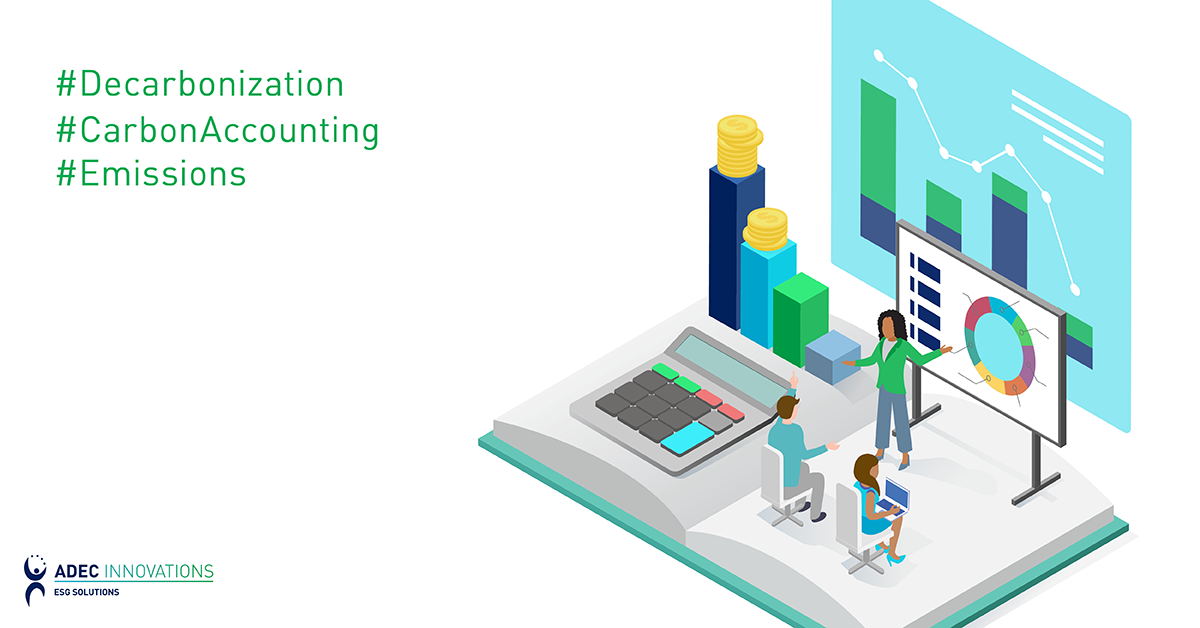More needs to be done to ensure the success of Ontario’s Cap and Trade (C&T) program; otherwise misinformation and misunderstanding will be manipulated by politicians and others to scuttle it to keep the status quo. To prevent that, Ontario needs to expand its commitment to greater transparency, and accountability in the following key areas:
1. Education
Not enough information is available to educate Ontarians about the C&T program, especially the benefits in transitioning from a fossil fuel economy. So far, most of the information has been coming from the media, and they tell different stories. For the carbon tax portion, different sectors inform consumers differently, or not at all, hence there is no transparency. Not only would transparency prevent C&T from being a lightning rod for dissent, but consumers would have less resistance to pay it if they know there is a beneficial outcome, like paying parking tickets if you know monies collected reduce your property tax.
2. All Cap and Trade’s carbon taxes should be identified as a separate charge
Consumers and businesses don’t complain anymore about the harmonized sales tax (HST) because it is understood, and clearly identified as a separate item on a bill. Businesses pay the net amount to the government of what they charge customers, and pay suppliers so that it is a flow-through tax. The government likes it because it is a regular cash flow. The HST is transparent.
This is not how the C&T’s carbon tax charge is applied on petroleum fuel, natural gas, and electricity consumption. Right now, distributors are hiding the cost in their “delivery” charge, yet when polled, residents preferred to see the C&T charge separately. Simply put, consumers want transparency.
Ontario should require distributors of petroleum fuel, natural gas, and electricity to report the C&T carbon tax separately on purchases in keeping with their commitment to full transparency. The sooner everybody becomes familiar with the carbon tax, the sooner consumers will change their purchasing behaviour to reduce the consumption of those items that cause GHG emissions.
3. Businesses should treat C&T carbon tax charges like the HST
Small businesses keep the local economy going, and the C&T charges may be a tipping point to prevent a business from leasing a commercial space because of higher heating and electricity costs. If this were to happen, the C&T charges would detrimentally affect the viability of a city’s commercial sector.
By treating the C&T carbon tax like the HST, it would help businesses, and also provide information on their own GHG emissions. The C&T carbon tax should not be a make-or-break consideration for small businesses. Such transparency would help reduce the GHG emissions, and support small businesses.
4. More up-to-date reporting of GHG emissions
Right now, GHG emissions reporting and verification by mandatory capped participants has a lag time of 1.5 years. In other words, the 2015 emissions of Ontario will become available mid-2017. This is not bad, but having more up-to-date information would be more useful to monitor the program.
Treating the C&T charges like the HST would provide the government with another large database from which to report emissions and revenue, but it would be more current than the emissions reported by mandatory participants.
5. Enforcement
Just like any program, there has to be compliance enforcement for it to be effective. Right now, enforcement is at the discretion of the MOECC, and judged on a case-by-case basis. This is not a transparent practice. What makes it worse is that the MOECC (Ministry of the Environment and Climate Change) is 1.5 years old.
At a minimum, mandatory capped emitters that choose to comply with the programs are listed on the MOECC public database. This type of transparency would be also valuable to a potential purchaser of the facility if there are any non-compliance issues. If emissions over the cap are owed and have not been purchased, the outstanding amount could be tens of thousands, hundreds of thousands, or millions of dollars. Likewise if there are MOECC fines owed that have not been paid, this information should be transparent. A potential purchaser needs to know this in advance.
6. Expansion of the rebate program to ease the transition to more energy efficient appliances
Rebates on LED lightbulbs have been effective in bringing down their price to less than half of what it was two years ago, but more needs to be done to encourage the switch to more efficient, but still expensive, modern appliances.
Government money would be well spent to expand the rebate program in terms of coverage, and increase the amount of reimbursement. For example, a new house furnace costs $4,000-$5,000 installed, yet the rebate is only $250. The same $250 rebate applies to a business. This is not a large enough incentive to replace an old air conditioner or furnace that works badly.
The C&T program of Ontario will go through growing pains; however, it is critical for Ontario, consumers, and businesses that it is successfully implemented. All of us are affected by climate change. It is time to stop fooling around, and be committed to making the transition that benefits all of us. The additional cost is insignificant compared to the cost of doing nothing.
The views and opinions expressed is this article are solely those of the original author. These views and opinions do not necessarily represent those of ADEC Innovations, and/or any/all contributors to this site.
ADEC Innovations (ADEC) can help you understand the drivers and business case for carbon management, and benchmark your performance. For more information, download our white paper, Carbon Accounting Methods for Estimating Scope 3 Emissions.




